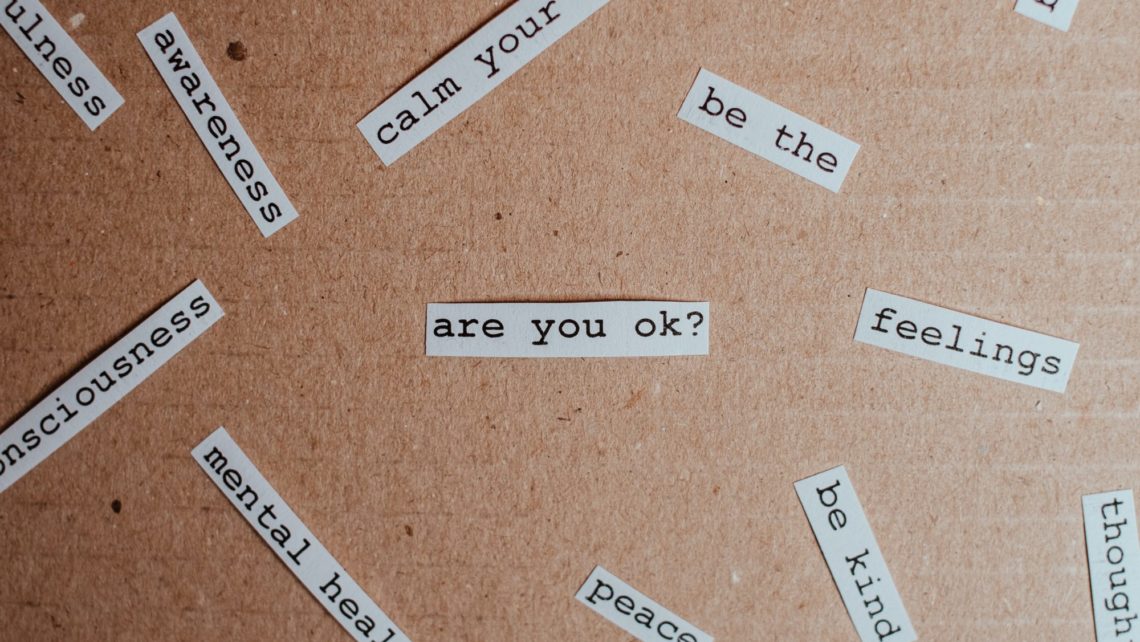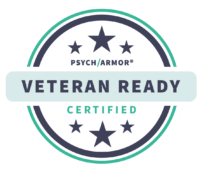The Importance of Youth Suicide Prevention and Awareness
 Overall, New Jersey has one of the lowest suicide rates in the U.S., even though there are twice as many suicide deaths as homicides in the state. However, suicide attempts are increasing among young residents ages 10–24, and this is cause for alarm.
Overall, New Jersey has one of the lowest suicide rates in the U.S., even though there are twice as many suicide deaths as homicides in the state. However, suicide attempts are increasing among young residents ages 10–24, and this is cause for alarm.
New Jersey Youth Are at Risk
Youth suicide attempts are on the rise, especially among LGBTQAI+ individuals who often struggle against bullying, stigmas, discrimination, expected gender norms, and disassociation from family. These and other factors cause them to experience higher incidences of depression and other mental health issues, as well as increased rates of polysubstance use.
The Trevor Project’s 2022 National Survey on LGBTQ Youth Mental Health indicates that:
- Approximately 45 percent of LGBTQ youth seriously considered attempting in the past year, and 14 percent attempted it. Nearly 1 in 5 transgender and nonbinary youth attempted suicide, as did 1 in 10 cisgender youth. Additionally, “LGBTQ youth of color reported higher rates than their white peers.” The demographic most at risk are individuals 13–17.
- Many LGBTQ youth face physical threat and harm. Of those, 29 percent attempted suicide in the past year.
- “60 percent of LGBTQ youth who wanted mental health care in the past year were not able to get it, including nearly 3 in 5 transgender and nonbinary youth and more than 3 in 5 cisgender youth.”
- For individuals subjected to conversion therapy, 28 percent attempted in the past year. For those threatened with conversion therapy, 27 percent attempted suicide in the past year.
Also in 2022, new research indicated that because of the pandemic, more teens and young adults have a higher rate of suicide than ever before.
- One study noted that “Georgia, Indiana, New Jersey, Oklahoma, and Virginia had an increase in absolute count of adolescent suicides during the pandemic. These states, along with California, also had an increase in the proportion of overall suicides among adolescents.”
- True NJ reported that “While New Jersey has a relatively low suicide rate among the adolescent and young adult age group, the rate nonetheless rose nearly 40 percent in the 2016-2018 period compared to a decade earlier.” What concerns analysts the most is that “suicide” is not often the cause listed on the death certificate, implying that suicide rates might actually be higher.
According to Prevent Firearm Suicide, suicides account for approximately 42 percent of all firearm deaths in New Jersey, per the most recent figures. Guns are the method used in more than half of youth suicides.
Knowing the Signs
The risks for young adult and teen suicide are similar to those for adults, including but not limited to mental health issues, family history of suicide, feelings of despair and hopelessness, and substance abuse.
However, because teens are also experiencing major developmental changes in their bodies, emotions, and thoughts, Johns Hopkins Medicine notes that “strong feelings of stress, confusion, fear, and doubt may influence a teen’s problem-solving and decision-making. He or she may also feel a pressure to succeed. For some teens, normal developmental changes can be very unsettling when combined with other events.”
Here are some of those events and circumstances, which we provide verbatim:
- Changes in their families, such as divorce or moving to a new town
- Changes in friendships
- One or more mental illness or substance abuse problems
- Family violence, including physical, sexual, or verbal or emotional abuse
- Problems in school
- Family history of mental or substance abuse problems and/or family history of suicide
- Past suicide attempt
- Undesirable life events or recent losses, such as the death of a parent
- Exposure to the suicidal behavior of others, such as from family or peers, in the news, or in fiction stories
- Gun in the home
“These problems may seem too hard or embarrassing to overcome. For some, suicide may seem like a solution,” the organization adds.
Johns Hopkins also stresses that it’s critical to consider what a teen or young adult says when talking about suicide. Comments such as “I want to kill myself,” or “I’m going to commit suicide,” suggestive hints like “I won’t be a problem much longer,” or “If anything happens to me, I want you to know…” are just some of the warning signs.
“Threats of suicide are a cry for help. Always take such statements, thoughts, behaviors, or plans very seriously,” the organization emphasizes.
Preventing Youth Suicide Through Awareness and Support
One reason why New Jersey might have a lower rate than other states is because of vital awareness campaigns and resources. The New Jersey Youth Suicide Prevention Advisory Council is involved in the Zero Suicide initiative, which “seeks to transform the way health systems care for people with suicidal thoughts and urges.” The state also has a dedicated Suicide Prevention Hopeline.
Here are resources you or your loved ones can use to receive help for free right away any time, day or night:
- The National Suicide Prevention Lifeline: call 988 from any phone
- Text “HELLO” to the Crisis Text Line at 741741
- New Jersey Suicide Prevention Hopeline: 1-855-654-6735
- Crisis Text Line: Text NJ to 741741
- 2ndFloor Youth Helpline: 1-888-222-2228
The Trevor Project for LGBTQAI+ youth can also connect individuals to a crisis counselor 24/7 as well—there are phone, chat, and text options available.
Current and former military members and their families worldwide can call 988, then press 1, to reach the Veterans Crisis Line, or use its chat function.
At Seabrook, We Understand
If you or a loved one is struggling with mental health or substance abuse in New Jersey and think suicide is the only option, please seek immediate care through one of the resources above. Then, reach out to us. Seabrook has assisted thousands in their search for a new beginning, and can meet the educational, medical, and counseling needs of all individuals.




